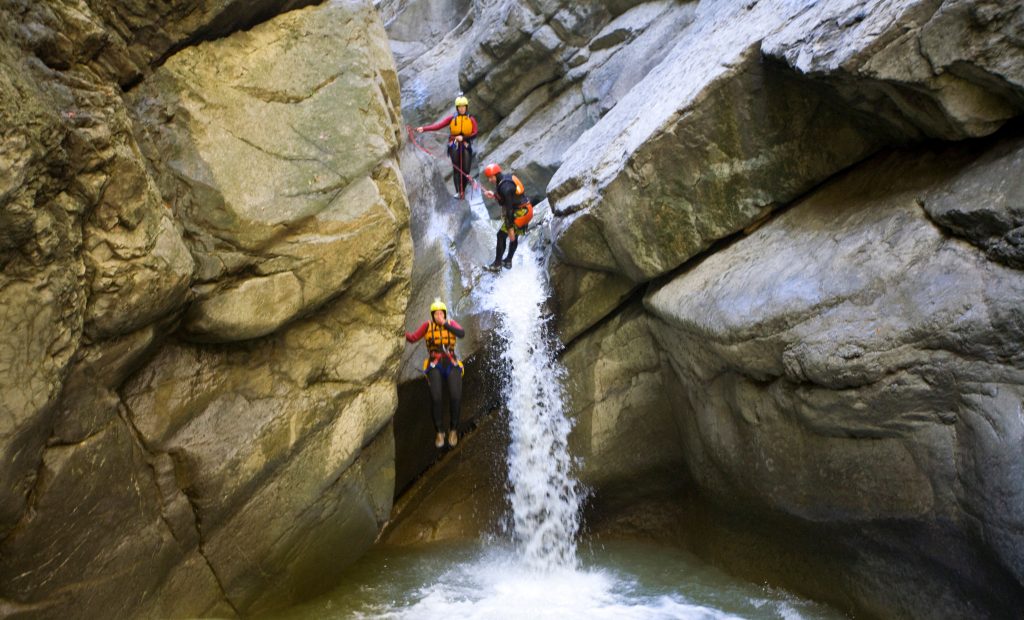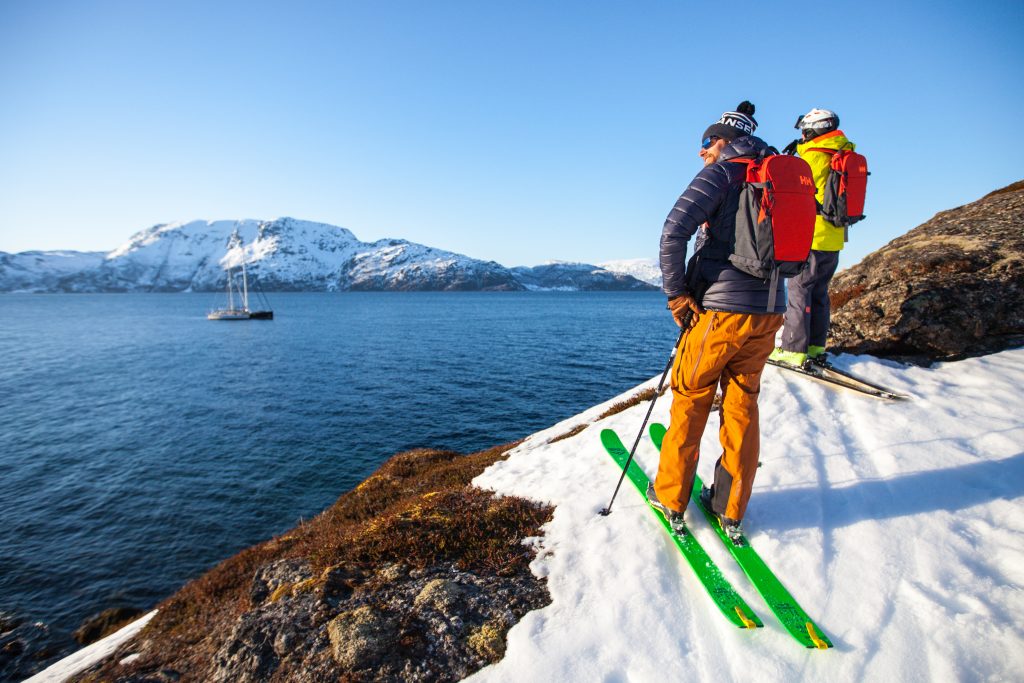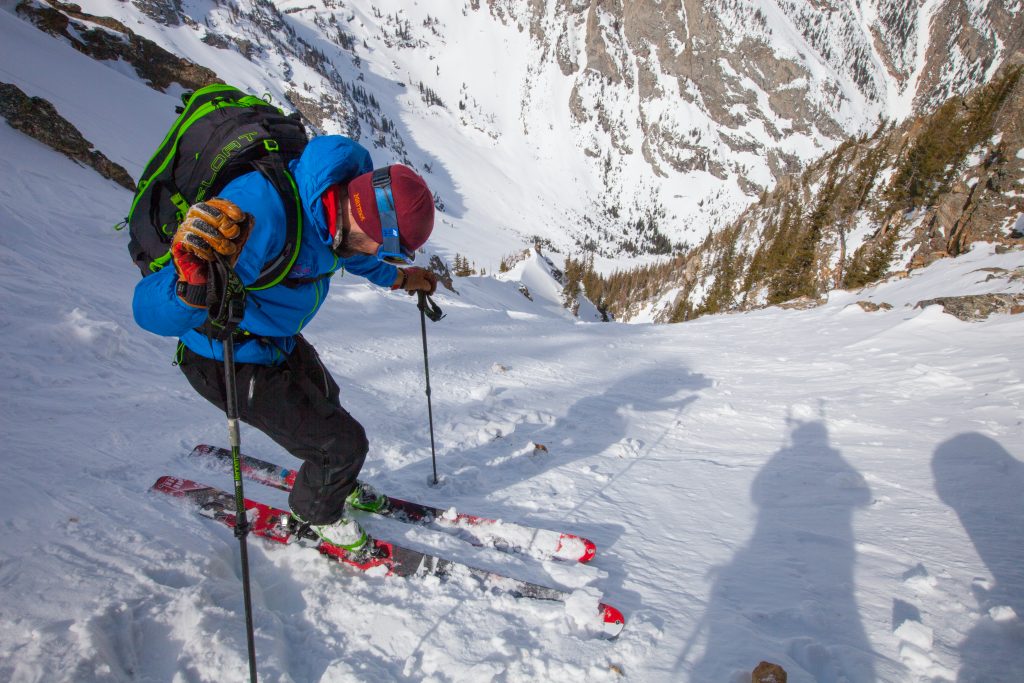Patience is key in scientific research and no one knows that better than Scott Eckert and Peter Dutton. The two scientists and their crews have been researching the lifestyles of huge ocean faring sea turtles for years. On trips out to sea sometimes they find the giants sometimes they don’t. But they press on.
When I had the opportunity to accompany Dr. Eckert of the Hubbs-Sea World Research Institute (HSWRI) and Dr. Dutton of the National Marine Fisheries Service in September 2001 on their search for leatherback turtles in Monterey Bay we didn’t spot a single one. But Eckert asserts that even seeing nothing means something and is another piece to the big puzzle.
Monterey Bay is one of many stops Eckert and Dutton make around the world for their research. At the Moss Landing Marine Lab (Cal State Marine Science Program) research center in Moss Landing, Calif., we climbed aboard the 45-foot John H. Martin and 26-foot Sheila B research vessels and headed towards the bay by 8 am. Morning fog obscured the view and held a slight chill in the air as we gained speed and started to undulate over and plow through the oceanic swells from the open Pacific.
Eckert and Dutton work from the smaller but quick Sheila B, an aluminum vessel with a drop open bow allowing direct access to the surface of the water. From there they can pull captured turtles up onto the deck of the boat making it easier to tag and release the subjects of research.
Tagging involves attaching a harness, or backpack, to the turtles. The backpack houses a satellite transmitter that sends back not only location information, but also records and transmits water temperature and dive profiles (how deep the turtle goes for how long). The transmitters can only send a signal when the turtle is at the surface of the water for a breath of air, which occurs less often than you may think. They can stay under for as long as 45min. The packs are low impact and the sleek profile is designed not to interfere with the turtle’s natural movements. The straps are constructed of thick rubbery tubes and the whole pack falls off after a year as that’s about how long the battery in the transmitters lasts.
Shortly after breaking away from the thick marine layer of clouds enshrouding the dock, warm direct sun filled the skies and a spotter plane flew by overhead. A hired resource for the project, it assisted in locating sea turtles while making a general survey of any other marine life enjoying the protection of the bay.
Our boat soon came across a few pods of dolphins, specifically Pacific White-sided Dolphins, Northern Rightwhale Dolphins, and Risso’s Dolphins, who swam along side of the boat, slapped their tails in the water or jumped from the water as we watched. A nice distraction from the lack of turtles.
Last year this same research crew ran out of transmitters because of the abundance of sea turtles in Monterey Bay. This fact is making it very peculiar that turtles are so hard to find this year. A female turtle tagged earlier this season in Monterey Bay is now broadcasting a location from the Farlon Islands (just west of the inlet to the San Francisco Bay). Why did she go up there? Are there more or better jellys (jelly fish the turtles feed on)? Is the water warmer or colder to the turtle’s preference? Is this part of the usual cycle while looking for food? A mate? But most of all, why not finding any turtles for the previous two weeks is discovering something after all?




